Have you ever lost important files from your SanDisk USB drive? It can be a frustrating experience, especially when you need those files urgently. Fortunately, SanDisk flash drive recovery is possible, and you can recover files from your USB drive using simple methods. Whether it's precious photos, important documents, or essential data, SanDisk USB recovery tools and software can help you retrieve your lost files.
Files can get lost due to various reasons such as accidental deletion, virus attacks, or even physical damage to the USB drive. SanDisk USB data recovery tools are designed to handle these issues and make the recovery process easier for you. In this article, we will learn how to recover data from your SanDisk USB drive.
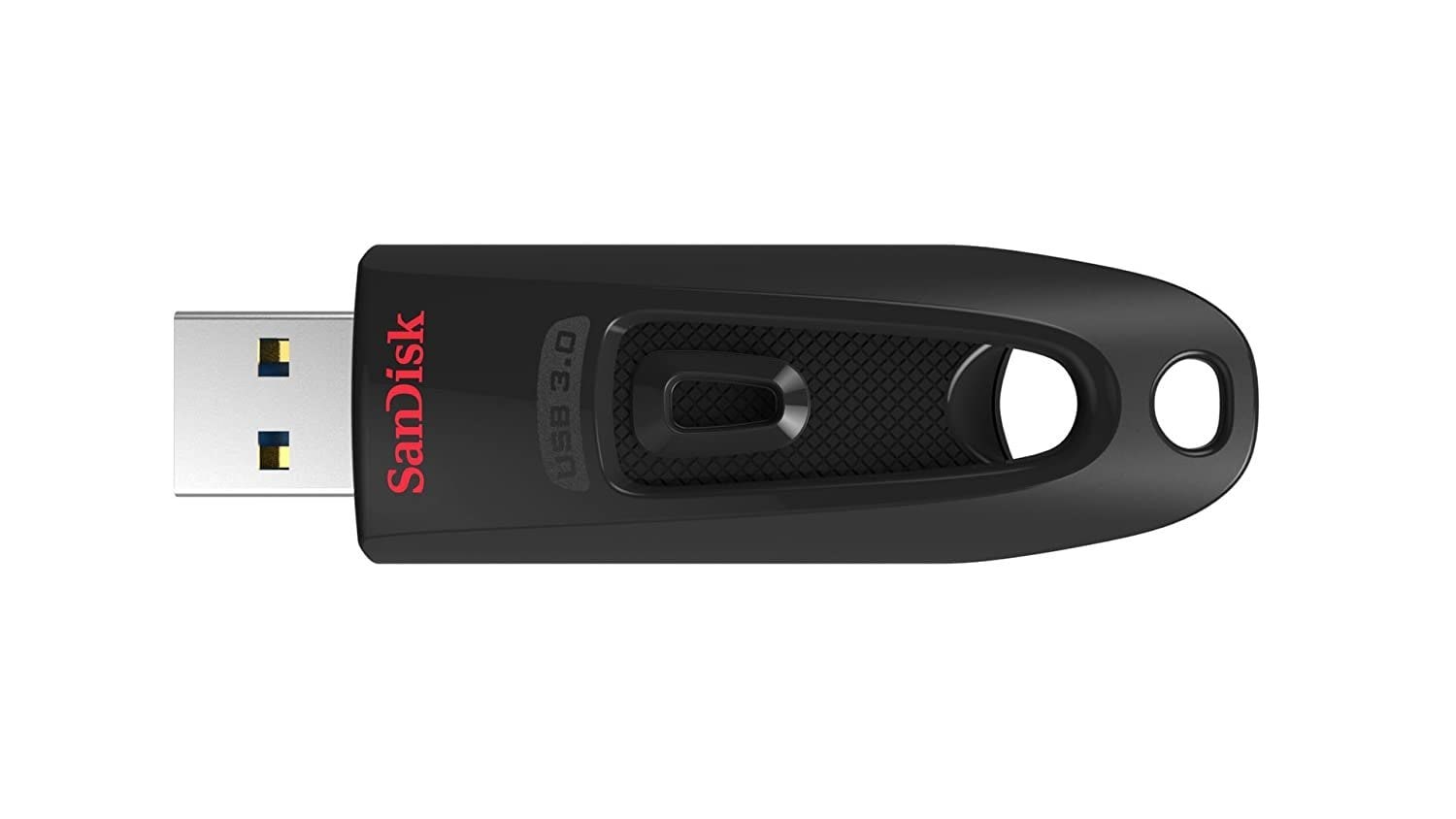
There are several ways to recover your files effectively. SanDisk USB recovery tools are highly effective and easy to use. Let's explore how to recover SanDisk USB drive using simple and reliable methods. With the right approach, you can get your lost files back in no time.
Try Recoverit to Recover Sandisk USB Drive
Security Verified. Over 7,302,189 people have downloaded it.
In this article
Part 1: Why Do Files Get Lost From SanDisk USB Drive?
Files can get lost from a SanDisk USB drive for many reasons. It can be due to accidental deletion, virus attacks, file system corruption, physical damage, power failure during file transfer, improper ejection of the USB drive, using the drive on multiple devices, or formatting the USB drive by mistake.
These factors can lead to data loss, making it crucial to understand why files disappear and how to recover them efficiently.
- Files can be deleted accidentally.
- Virus or malware attacks can corrupt files.
- The file system can get corrupted.
- Physical damage to the USB drive can cause file loss.
- Power failure during file transfer can lead to data loss.
- Unplugging the USB drive improperly can corrupt data.
- Using the USB drive on multiple devices can cause issues.
- Formatting the USB drive by mistake can delete files.
Part 2: Is It Possible To Recover Files From USB Drive?
Yes, it is possible to recover files from a USB drive. SanDisk USB recovery tools and software make it easier. You can recover Sandisk USB drive files using these tools without much trouble.
Using SanDisk USB recovery software, you can get your files back easily. You don’t need to be a tech expert to use this software. You can also try other methods if you don’t want to use software. Let's see how to recover your files.
Part 3: How To Recover Files From USB Drive
Recovering files from a USB drive is possible using various methods. Each method has its unique steps and effectiveness, depending on the situation. In this section, we will discuss six different ways to recover files from a SanDisk USB drive.
These methods range from using specialized recovery software to checking simple things like the Recycle Bin and hidden files. By following the steps outlined for each method, you can increase your chances of successfully recovering your lost data from the USB drive.
Method 1: Use Recoverit For SanDisk USB Data Recovery
SanDisk USB data recovery with Recoverit is simple. This software is user-friendly and highly effective in getting back lost files. You can recover your files in just a few steps.
There are clear steps to follow. First, you need to download and install the Recoverit SanDisk USB recovey software on your computer. Connect your SanDisk USB drive to the computer. Then, open the software and start the recovery process. You can scan the USB drive for lost files and recover them easily.
Here are some key features:
- System Crash Recovery: Specializes in recovering files from corrupted or unbootable systems.
- Wide Device Compatibility: Supports recovery from various storage devices like HDDs, SSDs, external drives, SD cards, USB drives, digital cameras, and more.
- Preview Before Recovery: Allows users to preview files before recovery to ensure they are the correct ones.
- Bootable Media Creation: Can create bootable media to recover data from unbootable systems.
These features make Recoverit a robust and reliable data recovery tool for various scenarios.
Steps to recover Sandisk USB drive using recoverit:
- Click the download link above to download and install Recoverit. Open the software and connect your SanDisk USB drive. Select the USB drive.
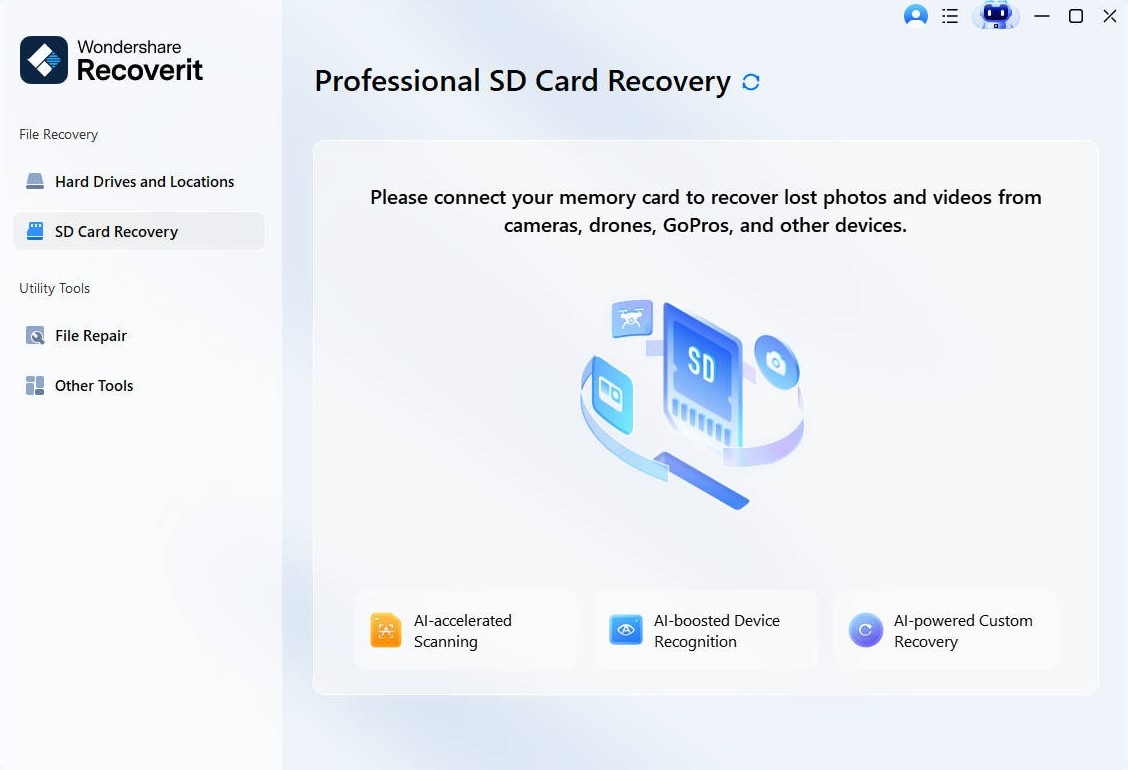
- Click on Scan.
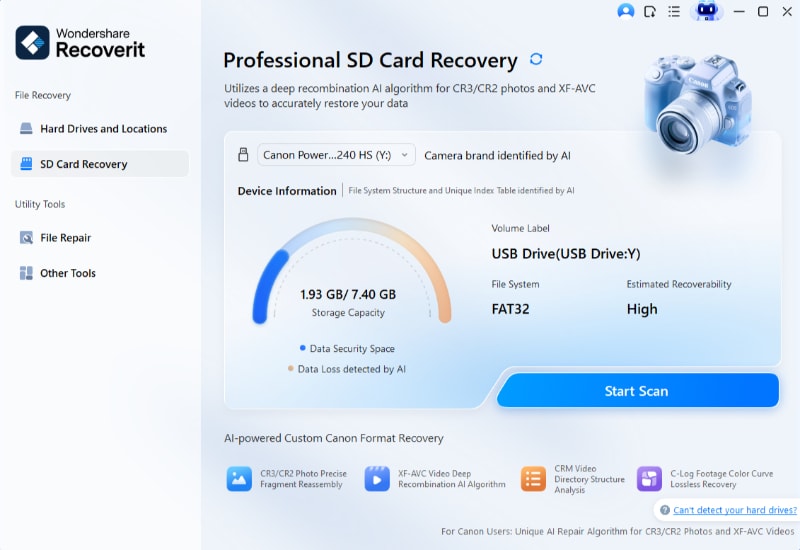
- Scan the USB drive for lost files.
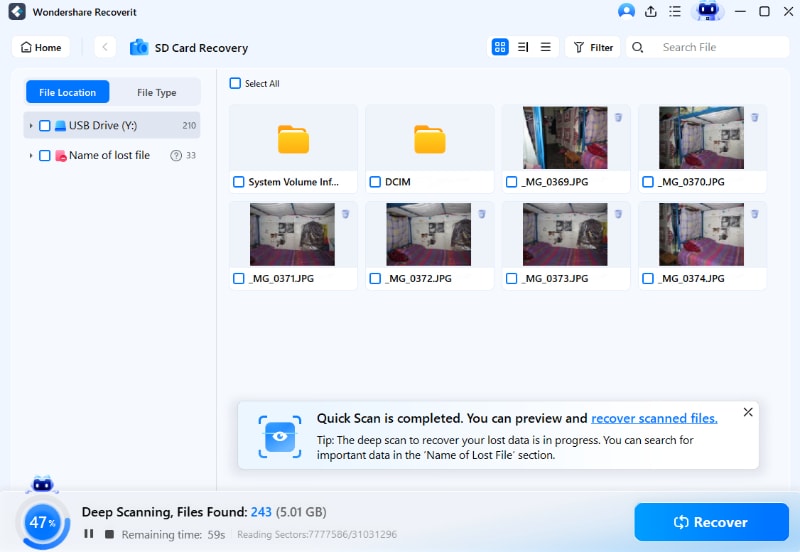
- Preview the files. Select the files you want to recover. Click Recover to save the files.
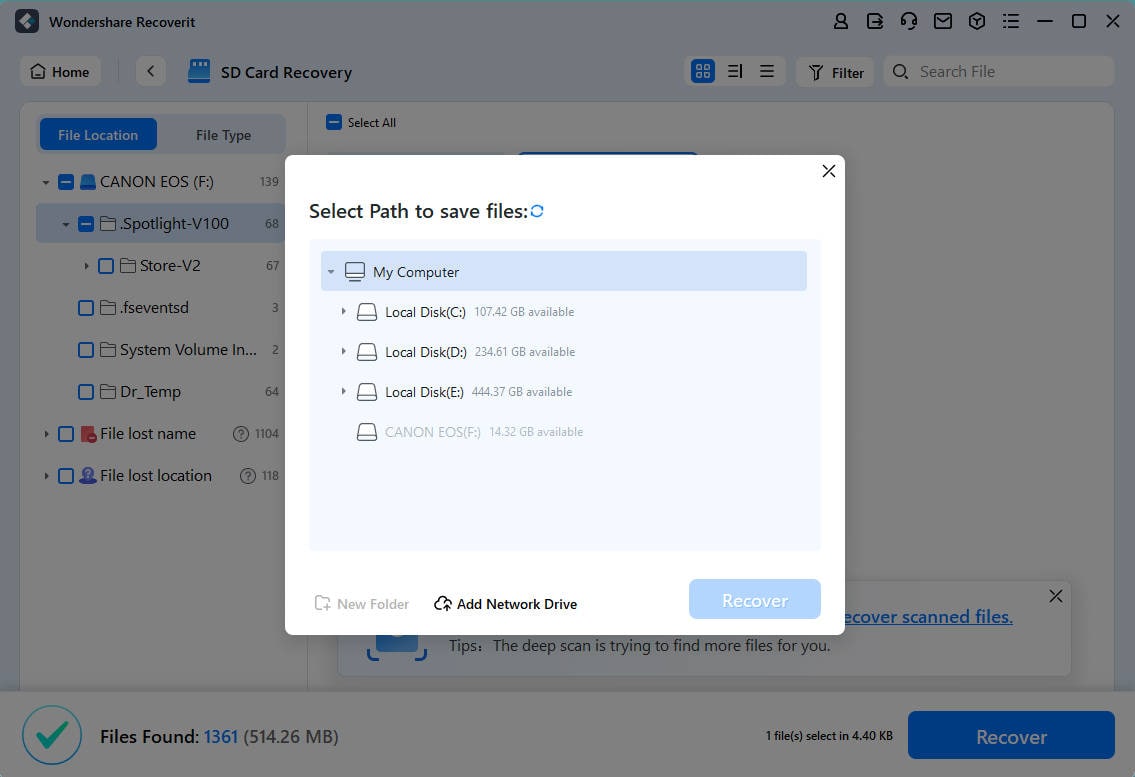
Related Video >>: How to Fix Corrupted USB and Recover Data?
Method 2: Check The Recycle Bin
Sometimes files are not deleted but moved to the Recycle Bin. This method is easy and quick. It’s a common first step when you realize files are missing. Checking the Recycle Bin can quickly restore files if they were accidentally deleted from your USB drive while connected to your computer.
It’s worth checking the Recycle Bin before trying more complicated methods. You might find your lost files there.
Here’s how to recover SanDisk USB drive through recycle bin:
- Open the Recycle Bin on your computer. Look for the lost files.

- Select the files and click on Restore. The files will be recovered to their original location.
Method 3: Try Another USB Port/Computer
Using a different USB port or computer can help. This can solve connection issues. Sometimes, the USB port or computer might not recognize the drive, making it seem like files are lost.
By trying another USB port or computer, you can ensure that the problem is not with the USB drive itself. This method is simple and can quickly resolve the issue without much hassle. It’s a good idea to check if the problem is with the USB port or the computer.
Steps to recover Sandisk USB drive using another port/computer:
- Unplug the SanDisk USB drive. Plug it into another USB port.

- If it still doesn’t work, try another computer. Check if the files are accessible.
Method 4: Show Hidden Files
Sometimes files are hidden. You can unhide them using the file explorer. Files might be hidden due to settings or malware, but showing hidden files can make them visible again.
This method is useful when you know the files are there, but you can’t see them. By changing the settings in the file explorer, you can view and access these hidden files. It’s a simple method that can help you recover Sandisk USB drive files.
Steps:
- Open File Explorer. Click on the 'View' tab. Check the 'Hidden items' box.

- Look for the hidden files on your USB drive.
Method 5: Restore From Local Backup
If you have a backup, you can restore your files. This is a safe method. Regular backups ensure that you can recover files easily if they are lost. Using a local backup is a straightforward way to get back your lost files without needing recovery software.
Always keep a backup to avoid losing important data permanently. Restoring from a local backup is easy and quick. You just need to copy the files from your backup to your USB drive.
Steps:
- Connect your backup drive. Go to Control Panel. Select Backup and Restore. Open the backup folder.

- Copy the files you need. Paste them on your SanDisk USB drive.
Method 6: Consult Professional Services
If all else fails, seek professional help. Data recovery services can be very effective. They have the tools and expertise to recover files from damaged or corrupted USB drives.
Professional services can handle more complicated recovery cases where other methods fail. It’s an option worth considering if your data is valuable and other attempts have not worked. They can recover files that you might not be able to recover on your own.
Steps:
- Find a reliable data recovery service. Contact them and explain your issue.
- Send them your SanDisk USB drive. They will recover the files for you.
Part 4: Additional Tips To Prevent SanDisk USB Data Loss
To avoid losing important data from your SanDisk USB drive, consider the following tips:
- Regular Backups: Always back up your important files regularly. This ensures that you have a copy of your data in case anything goes wrong with the USB drive. Use external hard drives or cloud storage services to keep your backups safe.
- Antivirus Protection: Use antivirus software to protect your USB drive from virus and malware attacks. Keeping your antivirus software up to date will help prevent corruption and data loss caused by malicious software.
- Proper Ejection: Eject your USB drive properly. This helps avoid data corruption and ensures that all files are safely transferred before removal.
- Limited Device Usage: Avoid using your USB drive on multiple devices. This can reduce the risk of data loss as each device might have different configurations, which could cause compatibility issues.
- Safe Storage: Keep your USB drive in a safe place to prevent physical damage. Store it in a protective case or a secure location to avoid accidental damage.
By following these tips, you can significantly reduce the chances of losing data on your SanDisk USB drive. Regular backups, proper use, and safe storage are key to keeping your data secure.
Conclusion
SanDisk USB recovery is possible. You can recover files from a USB drive using different methods. SanDisk USB recovery tools and software can help you recover data from your SanDisk USB drive. Try these methods of Sandisk flash drive recovery.
SanDisk USB recovery tools are effective. Recover your files from a USB drive quickly. Keep your SanDisk USB drive safe and follow these tips to prevent data loss. SanDisk USB recovery can be done with ease. Recover files from your USB drive using SanDisk USB recovery software. Protect your SanDisk USB drive to avoid data loss in the future.
FAQ
-
1. Can I recover files from a formatted SanDisk USB drive?
Yes, you can recover files from a formatted SanDisk USB drive using recovery software. These tools scan the drive for lost data and allow you to restore it. It's important to act quickly and avoid using the drive to prevent overwriting the data. There are many reliable SanDisk USB recovery software options available that can help you retrieve your lost files. -
2. Is it safe to use SanDisk USB recovery tools?
Yes, most SanDisk USB recovery tools are safe and user-friendly. These tools are designed to help users recover lost data without causing further damage to the USB drive. It's important to choose reputable recovery software to ensure the safety and effectiveness of the recovery process. Always download software from trusted sources and follow the instructions carefully. -
3. Can I recover files from a physically damaged USB drive?
It depends on the extent of the physical damage. If the damage is minor, you might be able to recover files using recovery software. However, if the USB drive is severely damaged, professional data recovery services are recommended. These services have specialized equipment and expertise to recover data from damaged drives. It's important to handle the damaged drive carefully and avoid further damage during the recovery process.


 ChatGPT
ChatGPT
 Perplexity
Perplexity
 Google AI Mode
Google AI Mode
 Grok
Grok























